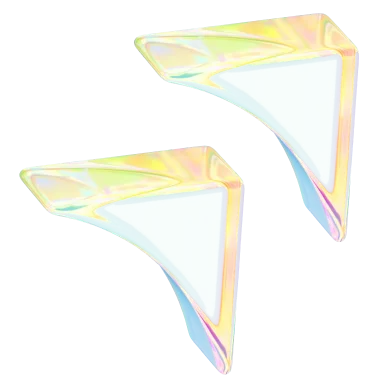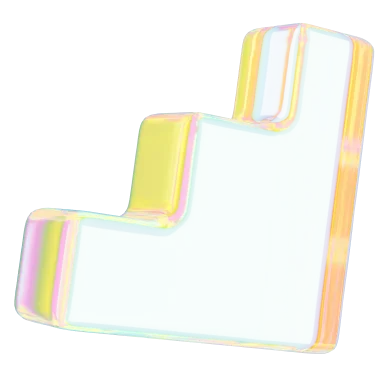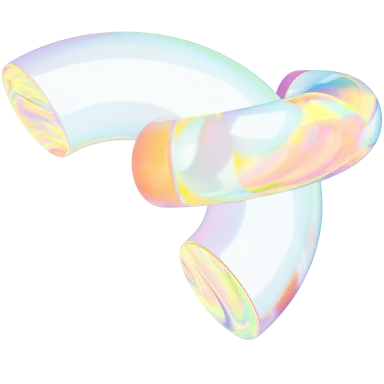How to Make CGI Animation: What Is It & How to Use It 🎬
- Design & Creative

From video games to blockbuster films, 3D animation is a staple of modern media. But what is CGI animation? Learn all about computer-generated imagery.
Cinema has undergone a remarkable transformation in recent decades, thanks much in part to the development of digital effects. The advent of computer-generated imagery has improved live-action visuals and introduced new techniques for animation.
3D modeling and CGI animation require many of the same skills as traditional animation and art, as well as expertise in powerful software tools. Here, we’ll explore how CGI has revolutionized various industries, including filmmaking, advertising, architecture, and healthcare. We'll also explain how CGI works and examine a few examples of its application.

What is CGI animation? 💻
We’ve all heard the term before, but what does CGI mean, exactly? Computer-generated imagery, commonly called CGI, is a term used to describe digital images created with computer software. This specialized software simulates physical processes and materials to create both still images and animated films. It’s a versatile and powerful tool that has recently transformed numerous industries.
Although CGI is often associated with animation and visual effects in films, it encompasses much more than that. CGI appears in various media, including art, print, video games, simulations, architectural or anatomical models, advertising, and more.
How is CGI used? 🦖
CGI can be used in various ways to create two-dimensional and three-dimensional imagery. In addition to photorealistic effects, plainly artificial digital images are also considered CGI.
Two-dimensional CGI includes text, objects, backgrounds, and effects created for various applications, such as print media, websites, and films. 3D animation involves creating complex objects, figures, and environments in video games, architectural or anatomical models, simulations, and more.
Here are some real-life examples of CGI’s application:
- Live-action filming: CGI is frequently used in feature films to insert computer animation into live-action footage. Examples include the lasers in “Star Wars” and the dinosaurs in “Jurassic Park.”
- Elaborate scene creation: In animated movies, television, and video games, CGI makes it possible to generate detailed scenes that couldn’t exist in real life, such as the immersive environments of “Avatar” and “Toy Story.”
- Motion capture: Actors’ likenesses and movements can be recreated as 3D models using specialized equipment, allowing for realistic animation or digital age manipulation.
- Text-to-image models: Thanks to recent developments in artificial intelligence, machine learning models use algorithms to convert text inputs into images comparable to human-made art or photographs.
- Architectural modeling: Architects use CGI to create models of buildings and other structures, visualizing the final product before construction begins.
- Medical illustration: CGI software helps academics create representations of the human body and its processes to inform patients and educate doctors.
CGI technology has countless applications in various industries and continues to revolutionize how we create digital media. In the film industry, groundbreaking media and animation studios, such as Disney, Dreamworks, and Pixar, have created blockbuster films and TV shows using CGI exclusively.
Behind the scenes: How does CGI work? 🎨
Computer animation is a complex process that involves numerous skilled artists and technicians working in-house and independently. In addition to understanding the principles of animation and art, they must be familiar with computer-generated animation software, such as Blender, Unreal Engine, Maya, or Cinema 4D.
Here are some of the critical departments involved in CGI animation:
- Art department: The art department drafts the project's visual style. They develop concept art, design characters, and create storyboards to guide the overall look and feel of the animation.
- Pre-visualization team: The pre-visualization team creates a rough animation draft. They use low-resolution models and storyboards to create a basic version of the animation, which informs crucial decisions before the final animation process begins.
- FX simulation department: The FX simulation department creates visual effects (VFX) to supplement live-action shots. This includes smoke, fire, water, and other elements that are difficult or expensive to simulate with practical effects.
- Asset department: The asset department creates 3D models and textures for the animation. They model everything from characters and backgrounds to props and vehicles.
- Research and development: The research and development team is responsible for developing new software and tools to improve the efficiency and quality of the animation process.
- Animation team: The animation team brings the characters and scenes to life. They create movements and expressions that match the style and tone of the project.
- Match moving or motion tracking: The match-move or motion-tracking team tracks the camera's movement in reference to real-world objects in the scene. This information is used to integrate the CGI elements with live-action footage.
- Compositing: The compositing team combines the various elements of the animation, such as 3D models, special effects, and live-action footage, into a cohesive final image.
- Production: The production team manages the project’s overall workflow. They ensure the project is completed on time and within budget.
Each duty in the CGI workflow is crucial for bringing the final product to life. Without the collaboration and expertise of each department, the animation wouldn’t be as impactful, immersive, or engaging for the audience.
Join the technology revolution with Contra 🙋
CGI animation is a powerful tool transforming how we create visual content. Its ability to create realistic and fantastical imagery has opened up countless possibilities for filmmakers, advertisers, architects, and other professionals. Whether you're looking to produce a film, educate an audience, or pitch a concept to clients, CGI animation can help you achieve your big-screen goals.
Technology is here to make our lives easier, which is why Contra provides the perfect matchmaking platform for Independents and clients looking to forge the next great CGI masterpiece. Sign up today to connect with skilled CGI animators and make your next project a reality.












